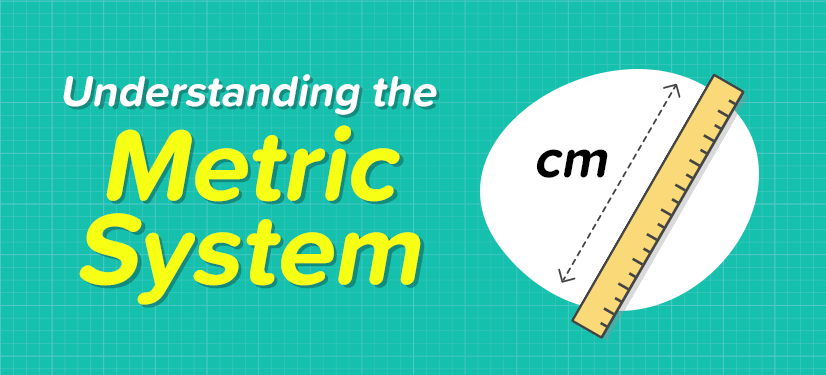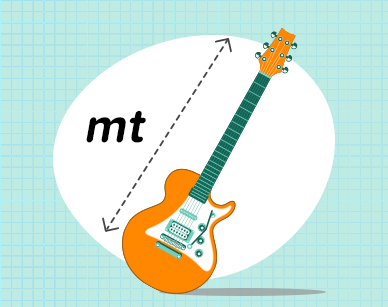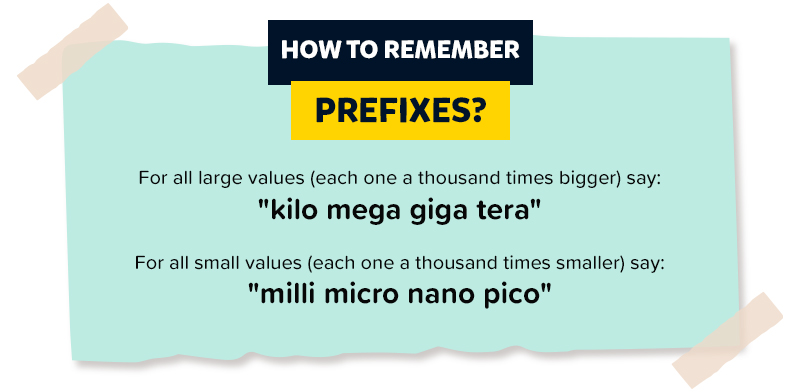
You are baking a cake, and your mom asks you to add sugar. How do you know how much sugar you need to add? Perhaps while you are walking on the footpath, you see your favourite car swiftly passing you. How do you measure how fast that car moved? Everything around us, right from the amount of salt you add into your food to the length of the field where you race with your friends, has a way to be measured. Today, let’s discuss that measuring system which helps you measure almost everything around you! This measuring system is called the ‘Metric System’ of measurements. It makes our everyday life so simple that it is officially accepted by all countries (well almost, except the United States, Myanmar and Liberia!) as their standard measuring system.
The metric system is a decimal measuring system that lets you measure different objects according to their length, height, weights, or volume!
For example,
You can know the length of this guitar in terms of metres

Or the distance from your home to your best friends’ home in kilometres

The metric system helps you to calculate accurate distance between two or more objects.

Read More: Why Do Some Plants Eat Insects?
What makes the Metric System so simple?
Do you agree that counting large numbers in the multiple of 10 is easier and faster than counting in the multiples of 7 or 9? Well, the metric system is exactly like that. It is based on multiples of 10! All you need to do is multiply or divide by some factor of 10. For example, if someone asks you,
How many meters are there in one kilometre?
You can say one kilometer = 1000 meters
The metric system uses special prefixes to identify really big or small objects. For example, if you want to say that the distance between your home and your school is 1,00,000 centimetres, you can just say that the distance is one kilometre. Simple, isn’t it?
Here is a quick summary of these special prefixes:

Prefixes, Numbers and Symbols used in the Metric system

Nearly all countries use the metric system as their standing units of measurements. This helps educators, students, governments and scientists stay on the same page. Students in scientific majors, such as careers in mechanical engineering, chemical engineering, medicine, and computer science can use one system of measurement to solve problems and configure scientific and mathematical calculations. Along with that, computer hard drives, memory and processor speed are all measured in SI units, which makes it simple to use a computer from anywhere.
Now that you know what the metric system is all about and how it simplifies things, let’s understand what its basic units to measure different things are. There are seven basic units in the SI system. They are:

The Seven SI units of Measurement
What do you think about the metric system? Do you feel that the remaining three countries should also switch to the metric system? Tell us why in the comments below.
Books are Tanaya Goswami’s first love and cheesecakes come a close second. Talking about movies, music, calligraphy, politics, and Elon Musk will get you listed under the friends’ section of her diary. Ever since moving on from her job as an English lecturer, she spends her time at BYJU’S crafting stories filled with emotion and sprinkled with sarcasm. Outside of work, she’s either learning something new (French, most recently!) or is curled up with a book and a cup of coffee. She firmly believes that discovering what you don’t know is the key to knowledge and is constantly working towards improving herself. Drop in a line at storyweavers@byjus.com if you liked her stories, have something nice to say, or if you have compelling ideas to share!